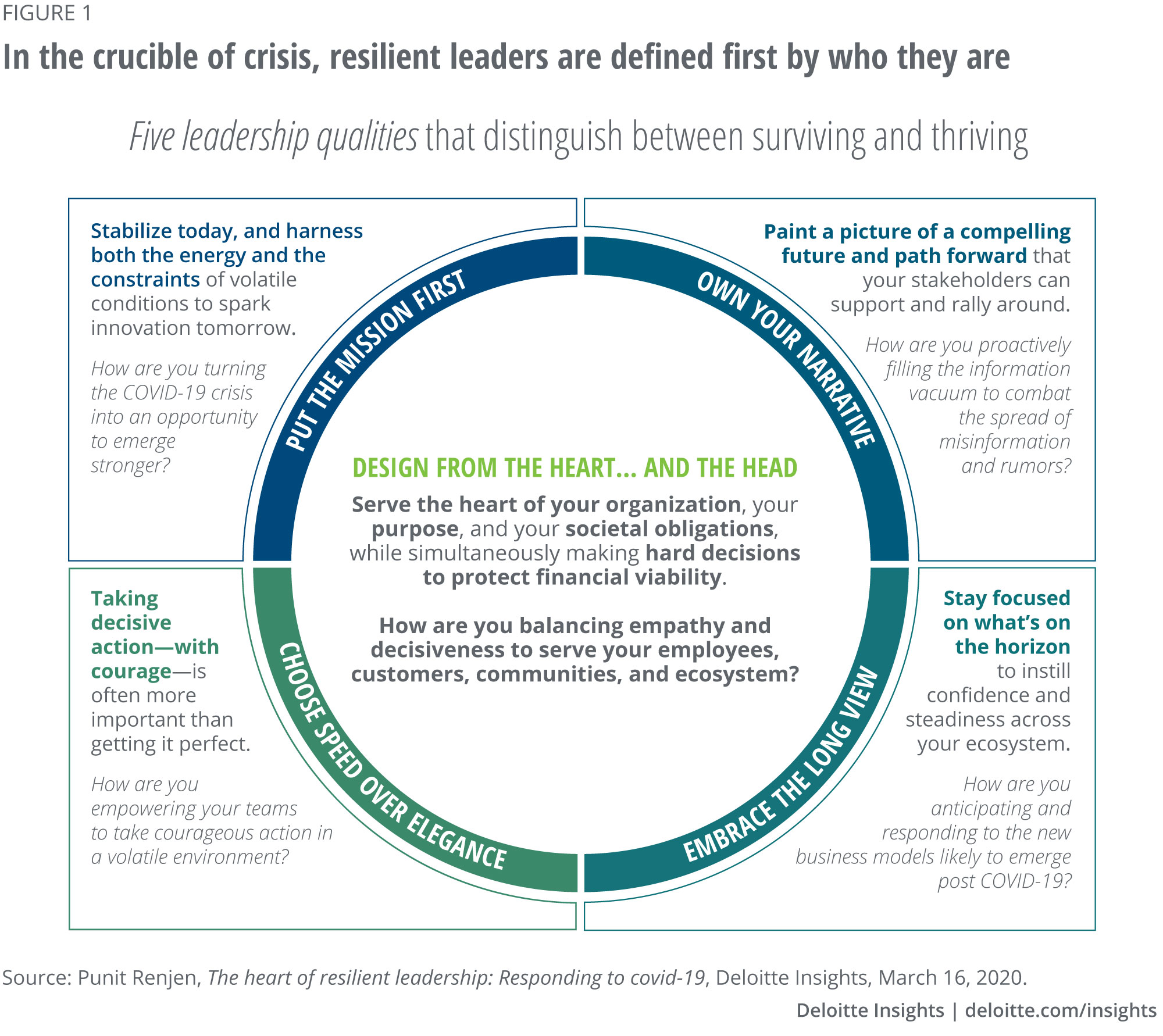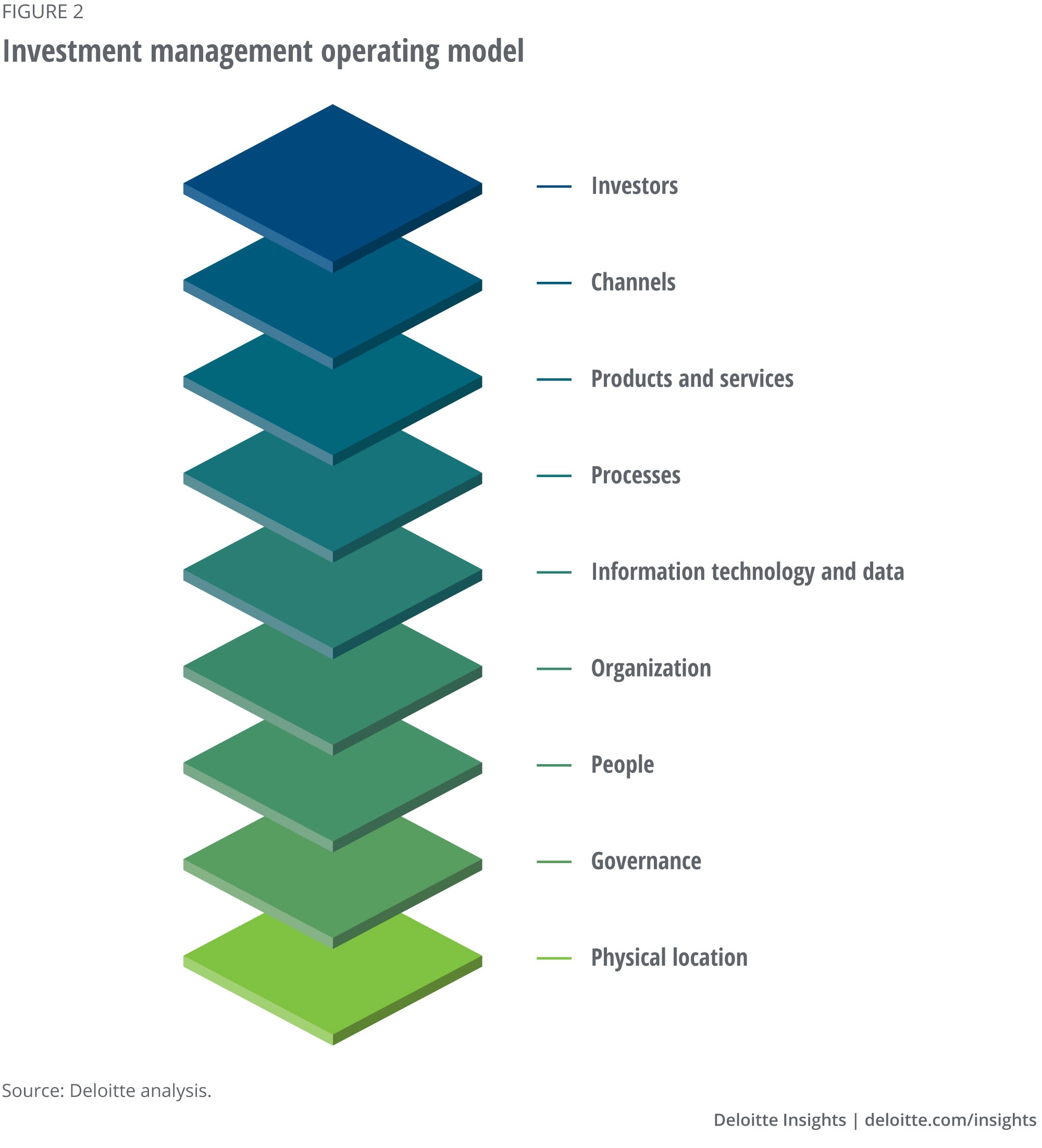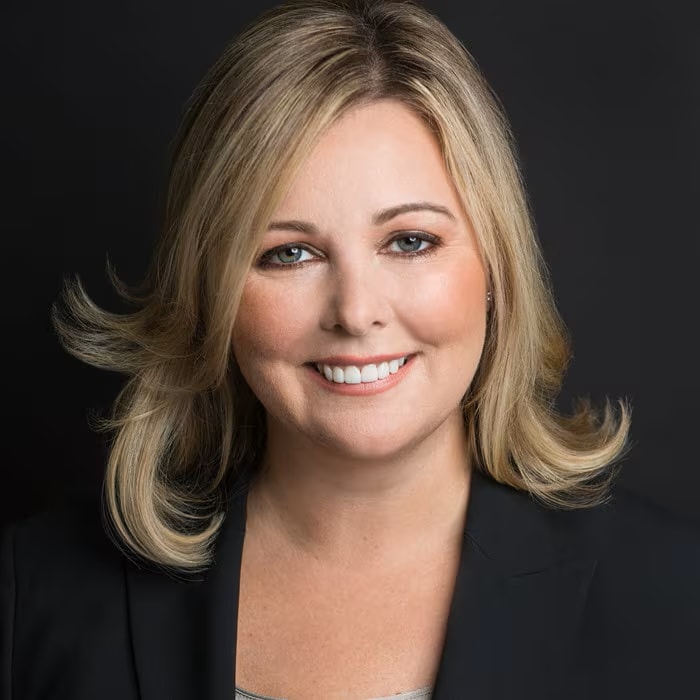
Five resilient leader qualities for investment managers Principles for dealing with the market crisis and COVID-19
9 minute read
04 June 2020
As investment managers navigate their recovery so they can be well-positioned to thrive in the future, resilient leaders can use this framework to help revamp their organizations to meet the new needs of the “next normal.”
Key findings:
- The investment management industry acted quickly to respond to the immediate challenges brought on by the pandemic. As firms work through the recovery phase, embracing the five key qualities of resilient leadership—putting the mission first, designing from the heart and the head, owning your narrative, embracing the long view, and choosing speed over elegance—will likely become increasingly important.
- While the move to virtual environments was swift, some sticking points—particularly the potential for employee burnout—have been uncovered. Longer-term talent shortages are predicted. This supports a recent Deloitte survey of financial services firm leaders, which found that reimagining the talent operating model was among their top three priorities as their organizations emerge from the crisis.
- When firms evaluate their business continuity and financing, they should try to focus more on long-term goals versus short-term shortfalls. Many private equity (PE) firms, for example, have been stepping up their continuity efforts to help their portfolio companies and are engaging in distressed investing to position themselves to thrive down the road.
- The ecosystem that supplies and serves investment managers is robust, which has helped many firms work through the recovery. But the pandemic has highlighted some deficiencies, in particular, gaps in communication with service providers, a lack of high-quality pricing data, and the need for more visibility across the entire supply network to support operations.
- In the near term, many investment management firms will likely still need to rely on virtual environments to engage with customers. This is changing many of the old paradigms surrounding communication and exposing limitations. Investment management firms may continue to adapt to using these new tools because customers are craving more interaction, not less. And to maintain and build trust, reestablishing lines of communication could be critical.
Learn more
Learn more about connecting for a resilient world
Explore the Financial services collection
Learn more about Deloitte's services
Go straight to smart. Get the Deloitte Insights app

COVID-19 has forced investment managers into action. As mentioned in recent Deloitte articles, there are typically three stages to recover from a crisis of this magnitude: 1) respond—prepare and manage continuity; 2) recover—learn and emerge stronger, and 3) thrive—operate effectively and with resilience, based on lessons learned.1 Many investment management firms are currently moving through the steps to recover to ultimately reach the thrive stage.
Leaders who emerge from this crisis stronger will likely embrace the five qualities of resilient leadership described in figure 1, particularly the idea of designing the future from the heart and the head.2 These principles can guide organizations as they take action to recover and thrive in the next normal that COVID-19 is bringing upon the world.
Thriving in the “next normal”: Managing the four components
Let’s discuss the following components of the respond, recover, and thrive framework: workforce and strategy, business continuity and financing, supply chain, and customer engagement. We will examine each through an investment management lens and offer examples that can help leaders envision what thriving will likely look like in a post-COVID environment.
Workforce and strategy
As one of their immediate responses to the pandemic, many investment management firms performed digital assessments to try to ensure employees had the critical tools they needed to continue their work remotely. Since then, many investment management professionals have been working from home, conducting client calls and even certain due diligence activities virtually. But there is an underlying risk in having only virtual meetings. Stacking virtual meetings together can remove the natural reset effect that meetings in offices provide; even just having a few minutes to physically gather belongings and move down the hallway to the next meeting can offer employees a short and often needed break. Another additional risk in having a virtual workforce is that many employees are experiencing an elongated workday with a soft end of the day, especially in firms operating in multiple time zones. Some firms are beginning to put safeguards in place to protect against potential burnout.3

Incorporating a long-term vision into this workplace transformation could be critical to achieving success. This cannot be understated. As investment management firms work through the recover phase, leaders who focus on building a workforce with a balance of agility, productivity, and efficiency, while not forgetting human nature, can attract the industry talent that may contribute to the organization thriving in the future.
Part of this winning strategy will likely involve continuous learning and upskilling to prepare for a possible talent shortage in the future.4 In the next normal, to thrive, firms will likely have to find solutions to manage and deploy the workforce in new ways. This transition to thriving may require operating model adjustments at many or all levels (figure 2), because they are interdependent. In a recent Deloitte Center for Financial Services survey, financial services firms identified reimagining the talent operating model as one of the top three strategic imperatives as they emerge from the crisis.5
The operating models at some firms were developed with risk management in mind. As a potential mitigation for future black swan events, one organization invested in technology to empower employees across different scenarios. The approach focused on providing employees the same experience in the office, at home, or at a disaster recovery site. Employees can securely work from any location at any time using just one log-in, and even talk to clients or place trades outside the office. The firm also encouraged employees to adopt diverse collaboration, messaging, and chat tools, which has resulted in greater collaboration among portfolio managers, analysts, and traders.6 Investment managers that revamp talent and technology policies to encourage collaboration and skill set sharing across teams may emerge from the recovery phase faster and with less disruption.
Business continuity and financing
The investment management industry has been largely spared from financial-based business continuity risk of COVID-19. Managing money for others, the traditional role of an investment manager, never shut down. Like many businesses in the immediate aftermath of the crisis, some investment management firms examined the health of their own balance sheets. In fact, this same reaction occurred during the great recession of 2008–2009. The way cash was conserved a decade ago may give a sense of which firms stand ready to thrive after the industry recovers from the downturn.
A study of the actions some top-performing registered investment advisers took after the recession could provide valuable insights. They reduced expenses to save cash and utilized technology to the greatest extent possible, while avoiding lowering prices and reducing base salaries. As a result, many recovered faster and thrived in the years that followed.7 In other words, the right-size operating model should not automatically translate into cutting support staff.8 When evaluating the people layer of the investment management operating model, firms may benefit from focusing on meeting the long-term, ongoing needs of customers as opposed to shorter-term effects caused by the crisis.
Since the crisis began, PE firms have not only been managing their own business continuity, they’ve also been intimately involved in the business continuity financing of their portfolio companies.9 Some have asked portfolio companies to tap their respective credit lines to prepare for more complicated times. PE firms are also providing fresh capital to portfolio companies that need it because of the pandemic. PE firms are assessing need, valuation, and long-term health of the portfolio companies as they allocate their dry powder.
PE firms are also finding opportunities in distressed investing. In April of 2020, one PE firm quickly put its cash to work through billion-dollar investments in the airline and hospitality industries.10 New and expanded private credit funds have soared since the downturn, with firms seeking more than US$50 billion in capital, and should the funds achieve these levels in 2020, would represent an almost 160% increase over 2019 levels.11 These distressed funds are expected to invest in term loan financing, purchase debt directly, or even acquire majority stakes in at-risk companies. This trend will likely continue throughout the rest of 2020 and perhaps even into 2021.
Supply chain
Investment managers’ supply chains consist of data and service providers, who are as important to their firms as steel is to automobile manufacturers. Firms manage this network of suppliers to maintain uninterrupted operations. When the pandemic hit, they first identified supply chain risks and potential disruptions. Thankfully, the ecosystem that supplies and serves investment managers is robust.
In March of 2020, the supply issue that received much attention among investment managers concerned pricing data. Thinly traded securities, such as mortgage-backed securities, collateralized loan obligations, and municipal revenue bonds held by investment managers proved difficult for pricing data suppliers to value due to changes directly related to the pandemic shutdowns. Many firms are in the process of mitigating the risk associated with these weaknesses, even though it has largely dissipated.
Many investment managers also reevaluated third-party service providers to identify any gaps that arose due to the pandemic and developed contingency plans.12 Before the crisis, lines of communication with service providers may not have been well-established, since the need to solve tricky problems may not have surfaced.13
Investment management firms should have visibility across their entire supply network to support resiliency of operations and financial performance.14 They should also focus on building and maintaining strong, trusted relationships with service providers to improve collaboration and develop risk-mitigation capabilities. Successful investment management firms in the thrive phase will likely have refocused their attention during recovery to breaking down communication barriers with providers and reinforcing collaboration. In the thrive phase, firms could also use innovative techniques such as risk sensing and digital controls to enhance their oversight of third-party service providers.
On the investment decision front, the story seems entirely different. To keep up with volatility and an accelerated information cycle, some investment managers are realizing that their operations may need to change to ingest more data, at a higher frequency. Some industry thought leaders have called this development a shift from forecasting to “nowcasting.”15 Even the central banks are moving to this type of analysis.16 To support this transition and meet the rising demand from investment managers (and others), alternative data providers are ramping up capabilities, and that will likely continue into 2021.
Customer engagement
For investment managers to thrive, reestablishing lines of communication with clients may be even more critical than communicating with the service provider ecosystem. Firms are talking with investors about the impact of the pandemic on the markets and the actions they are taking to handle the situation. Many are establishing open communication channels to help instill confidence among investors in the firm’s investment and risk management strategies. In the current recover stage, managers are communicating with clients, demonstrating the stability and resilience of their operations, reporting performance results, and explaining the current dynamics of their portfolio strategies.
The thrive stage for customer engagement will likely to be more challenging to achieve. Communication is the foundation for thriving in the next normal, but customer expectations for communication will likely change, and it is much more difficult to create, maintain, and build relationships virtually. When not meeting face-to-face, it would be more difficult to offer clients nonverbal reassurance cues, for example. These things matter to investment managers and their clients, because trust is a requirement in the investment manager/client relationship.17 Fundamentally, investment management is not a transactional business; it is a relationship business. Managers that establish a high level of trust may be more likely to win new investors and keep them.
To thrive in the next normal, a top challenge for investment managers will likely be building and maintaining trust using technology-enabled client engagement tools. This is because, social distancing restrictions will likely be slow to ease and also because of changing customer preferences and advancing capabilities. In this new environment, investment managers will likely need to refrain from unclear promises and instead communicate specific, achievable goals to their clients using the new technologies.18
Some investment advisers have already taken steps to interact more with clients by increasing the use of model portfolios.19 Model portfolios allow advisers to spend more time strengthening their client relationships and building their business and less time individually managing assets. Investment management firms that thrive are likely to invest in making more of their products across all asset classes available in model portfolios.
Just as important, policies and procedures can help drive solutions for investment managers and clients. For example, most clients with nimbler or nonexistent internal policies, such as endowments, family offices, and high-net-worth individuals, had much different responses to the crisis than larger pension funds and insurance companies did. To avoid losing out on deals at attractive valuations, many of these nimbler private investors adjusted their policies as needed to conduct virtual meetings with prospective managers.20 But the longer social distancing and lockdown measures stay in place, the more likely pension and insurance fund managers may start to revisit their own policies.21 Since digital face-to-face meetings will likely continue—and may even increase—in the near term, all types of companies will likely need to embrace this digital acceleration to connect with customers.22 To facilitate this next normal, investment management firms that build their internal digital capabilities to perform due diligence may reap the benefits and thrive sooner than their competitors.
Navigating the path ahead
Leading through challenging times tests the mettle of management. Truly exceptional management teams should work together to develop a clear vision of the future and execute on an action plan that gets them there. In the future, firms that thrive will likely have different operating models, and some of the changes that will likely be needed are not yet known. By embracing the qualities of resilient leadership, investment management leaders can help navigate a path to a successful future and help their firms emerge from the pandemic stronger than they were when they entered it.
© 2021. See Terms of Use for more information.
More from the Financial services collection
-
COVID-19 return-to-the-workplace strategies Article4 years ago
-
Insurers step up as financial first responders Article4 years ago
-
Women in the financial services industry Collection5 years ago
-
COVID-19 potential implications for the banking and capital markets sector Article5 years ago
-
Opportunities for private equity post-COVID-19 Article4 years ago
-
2025 investment management outlook Article5 months ago














